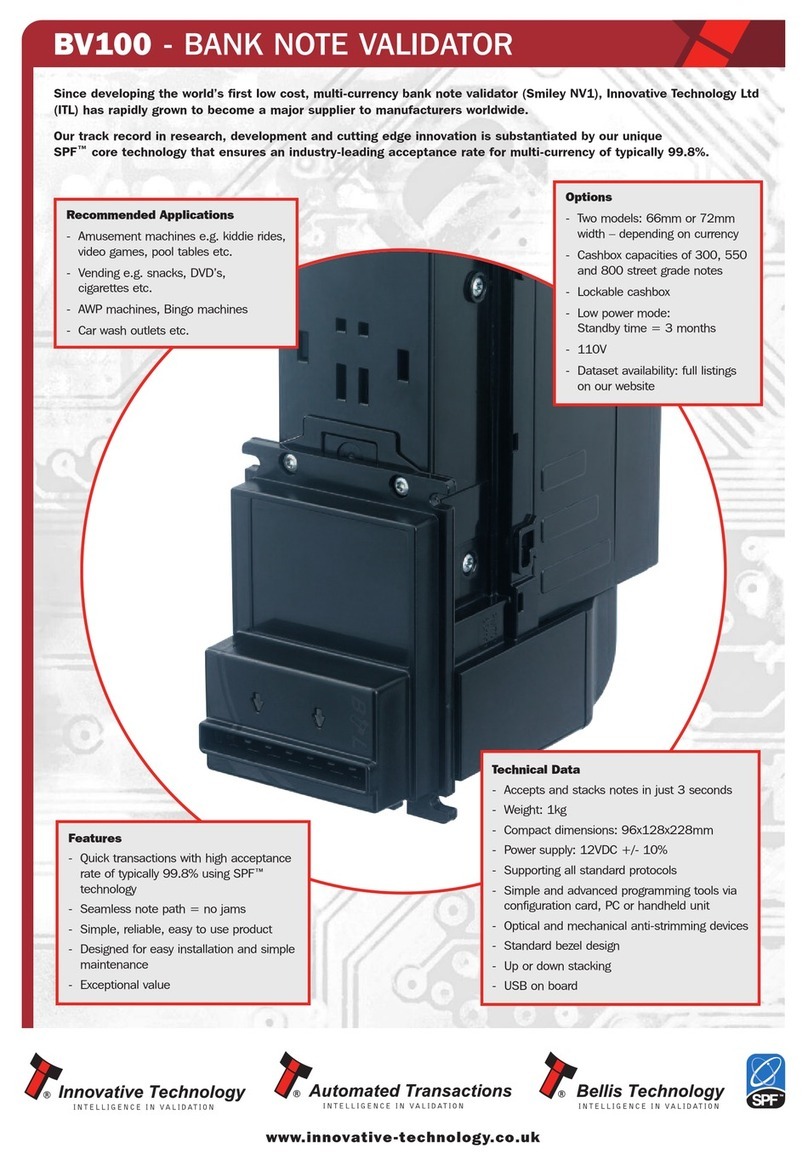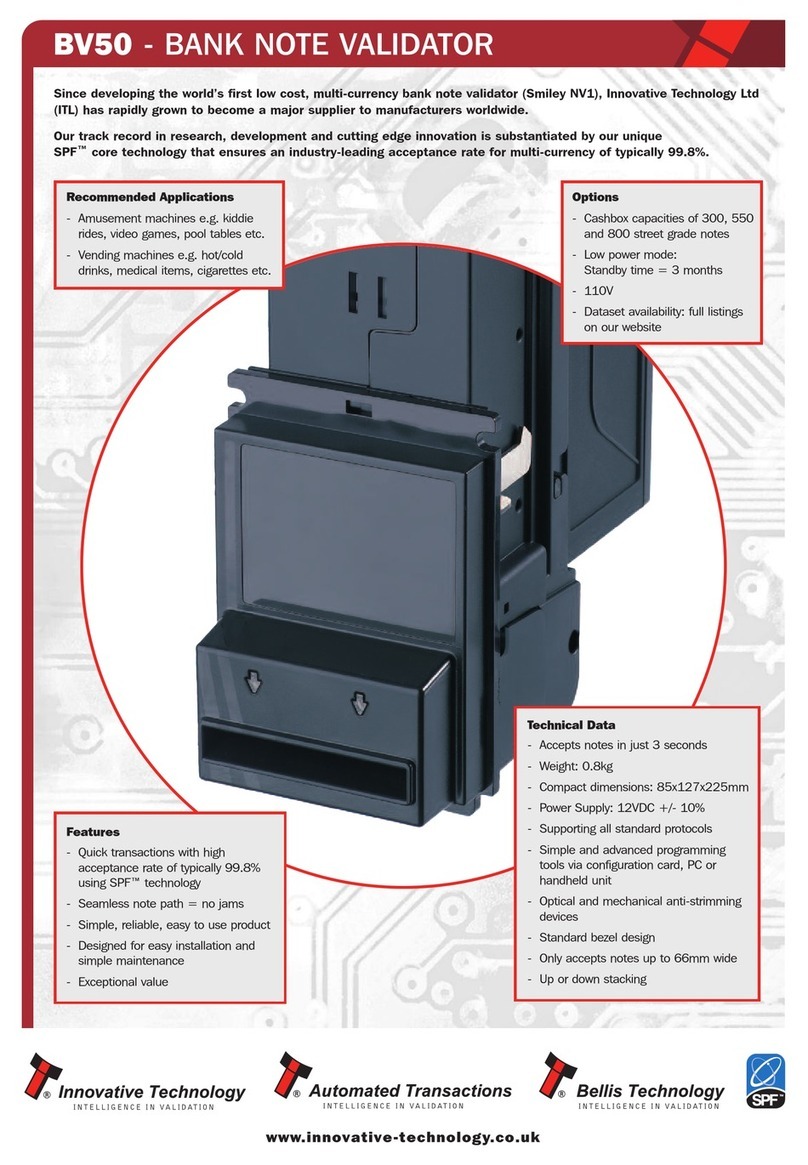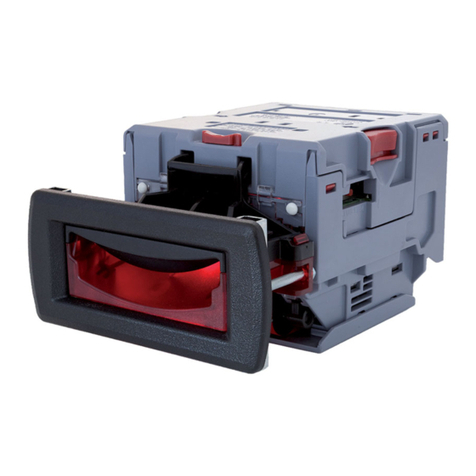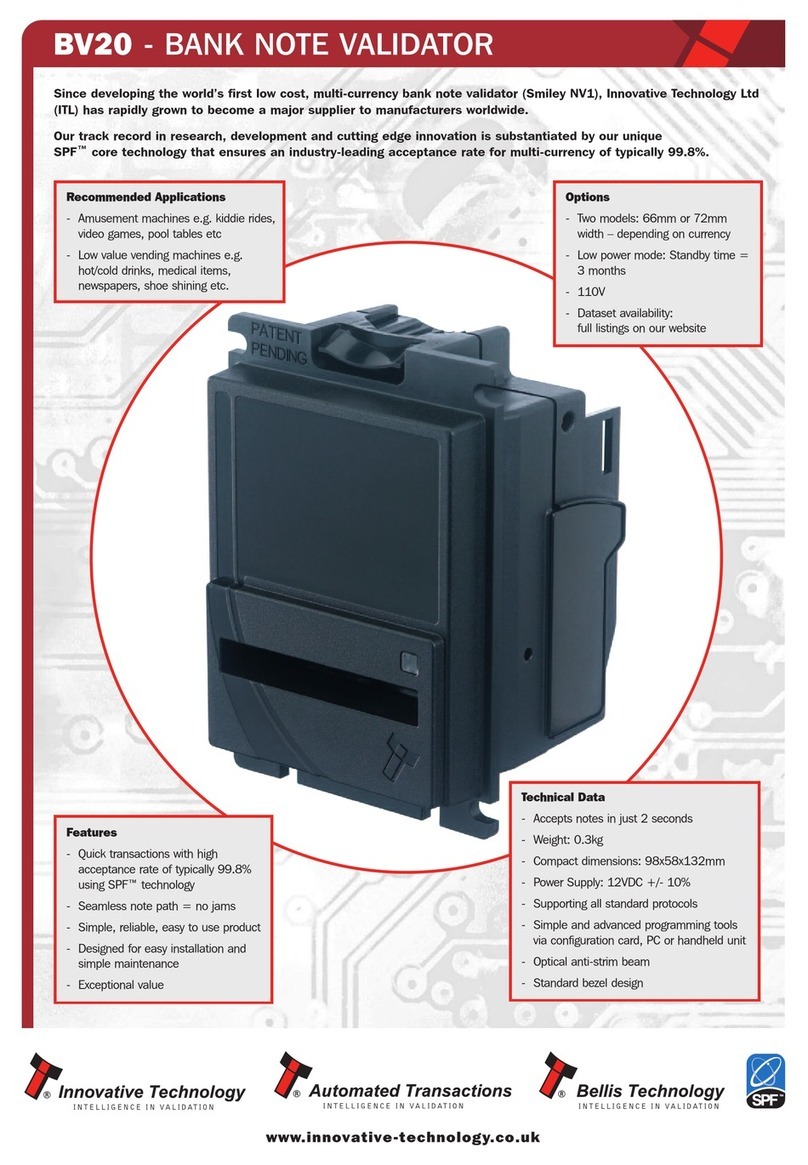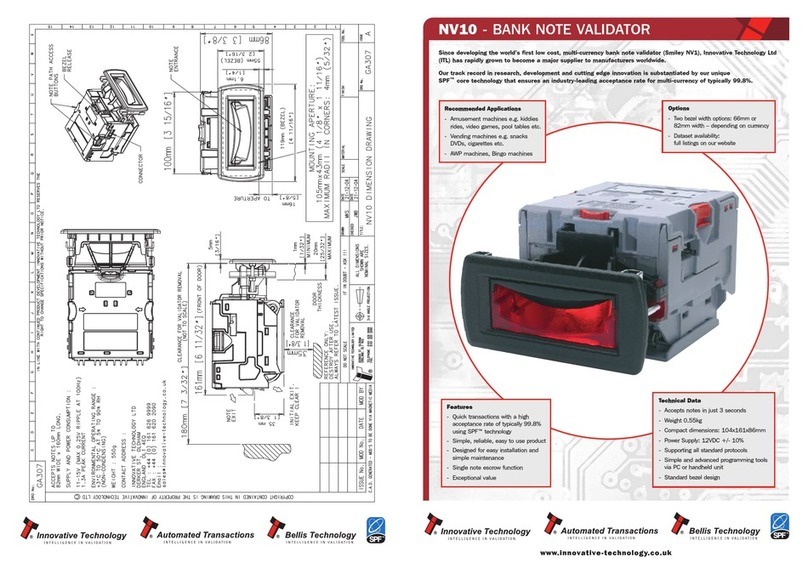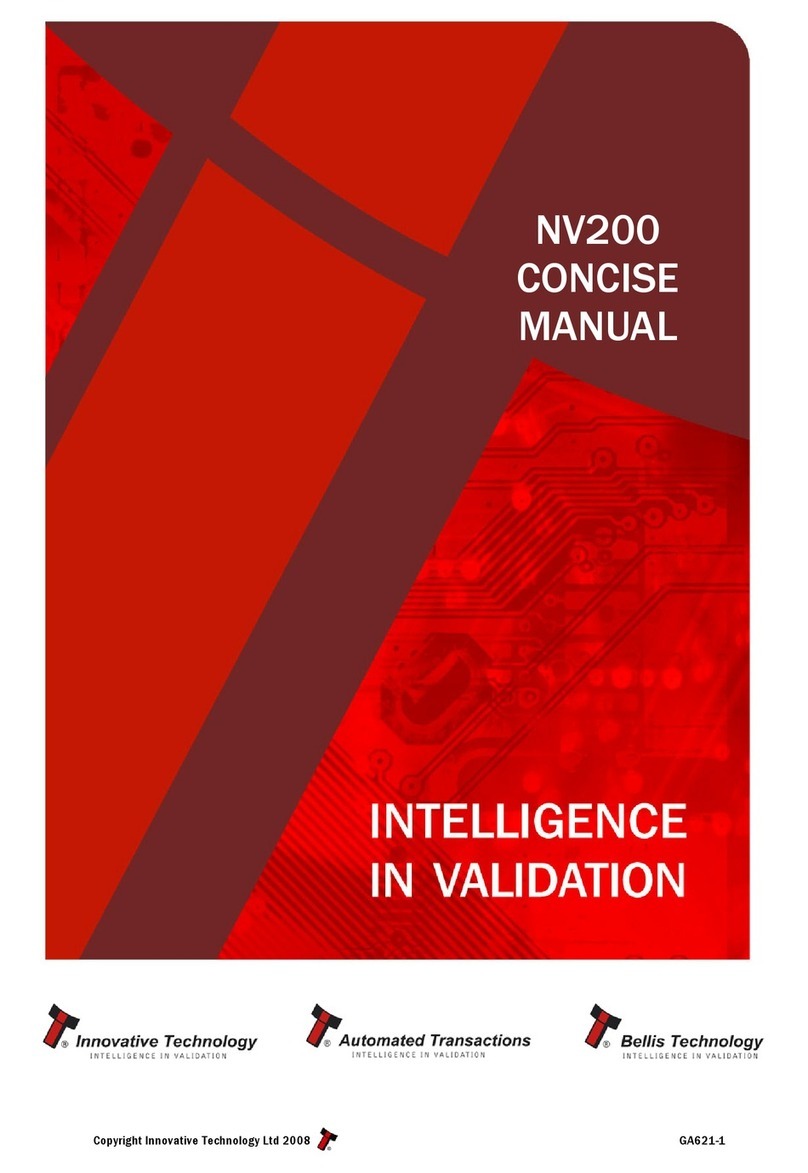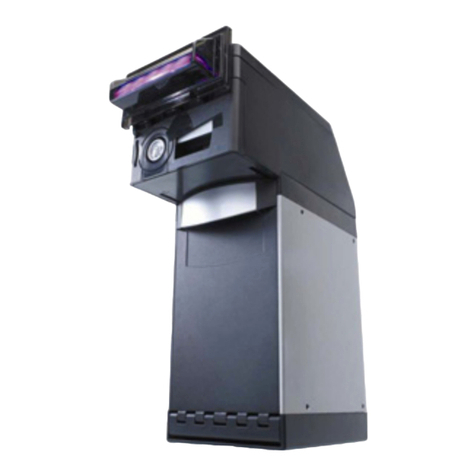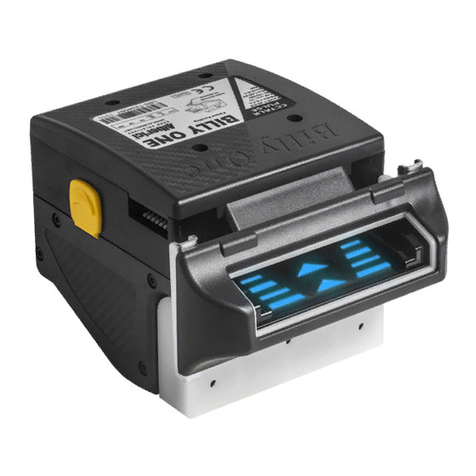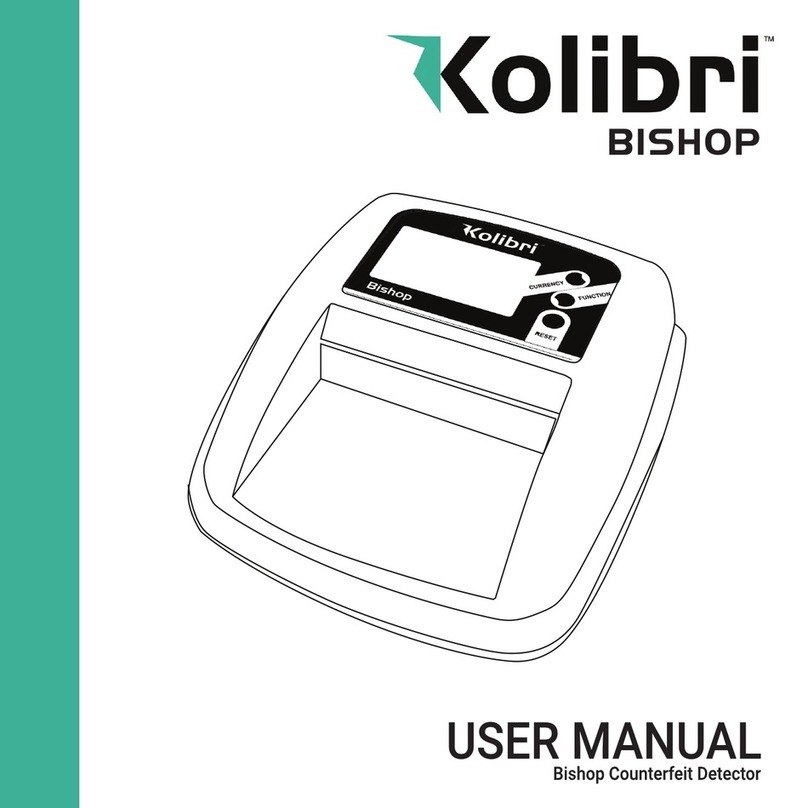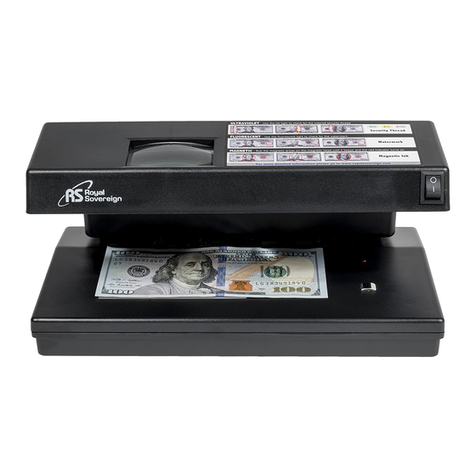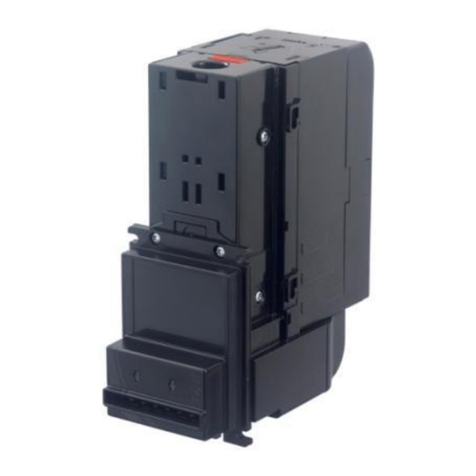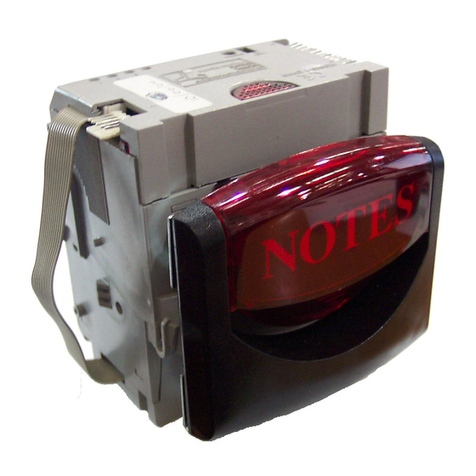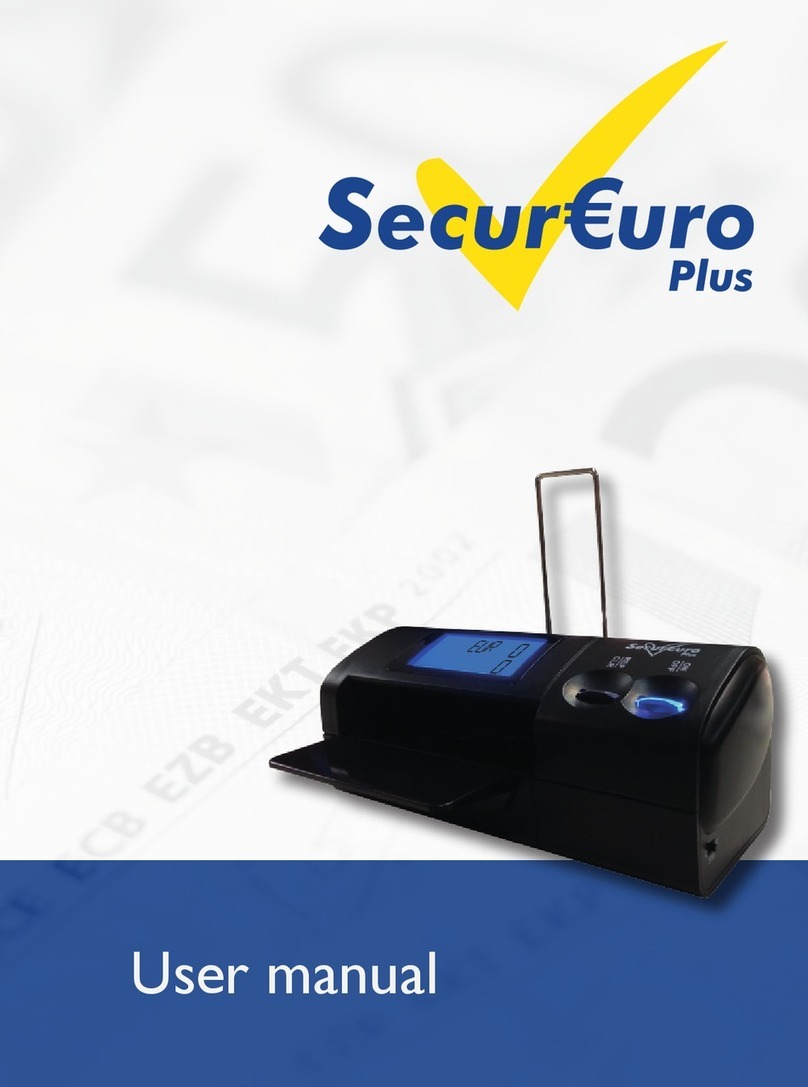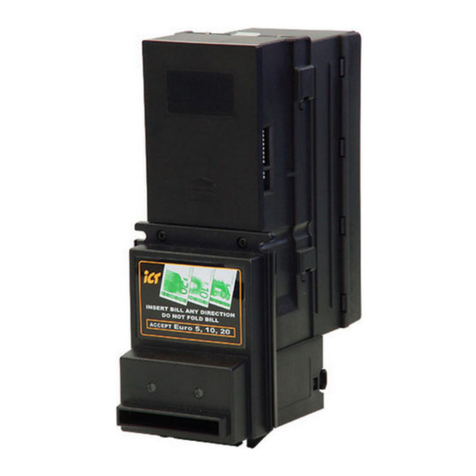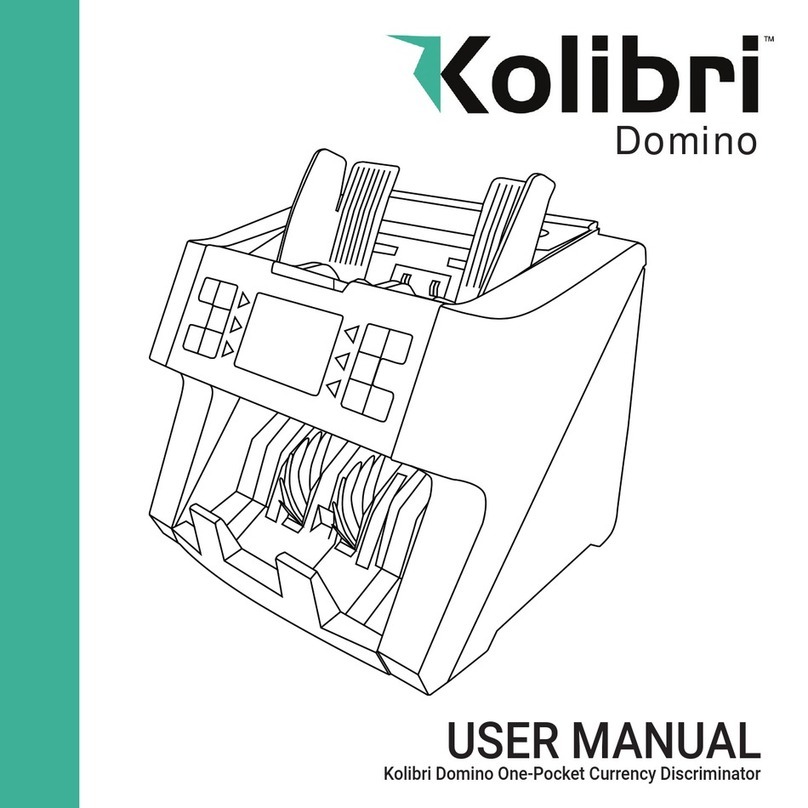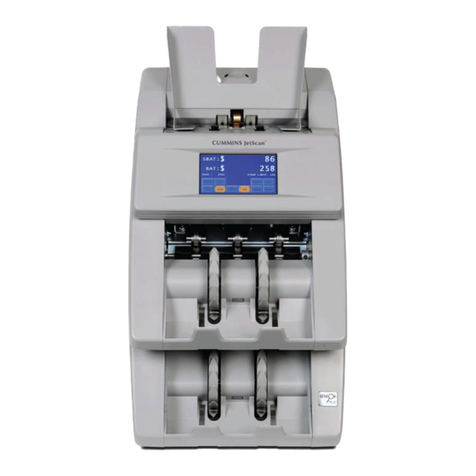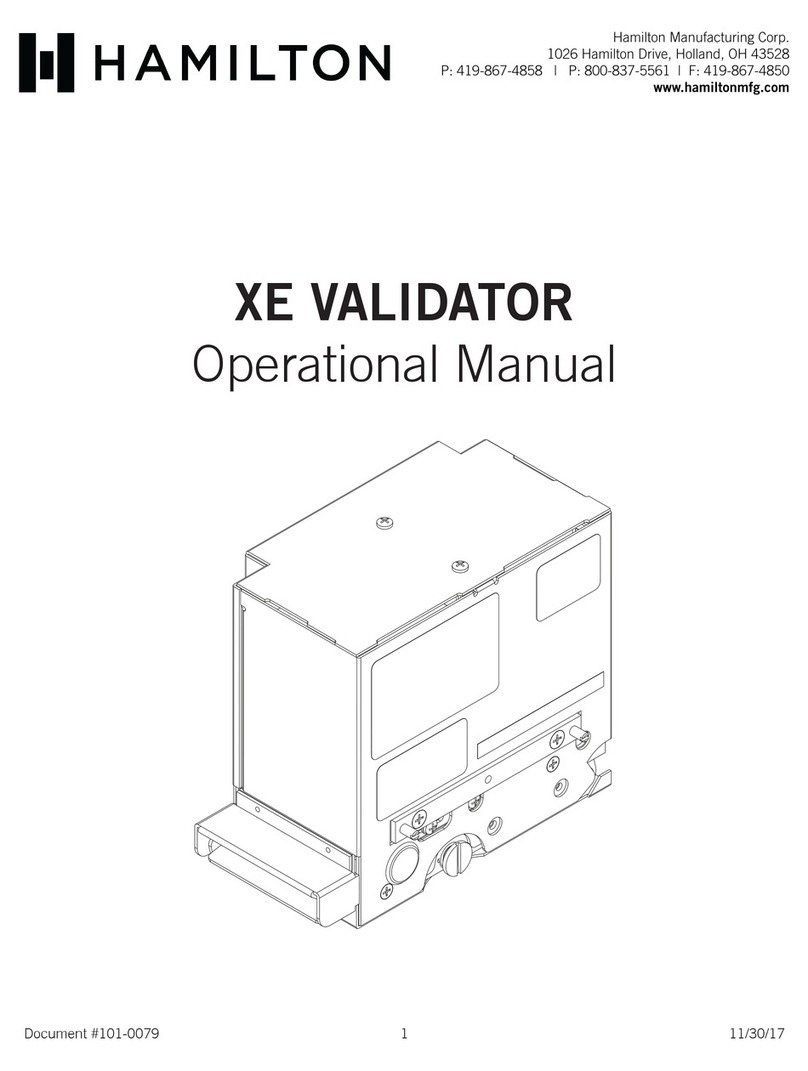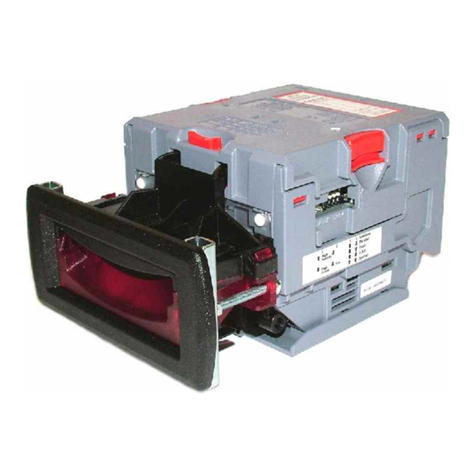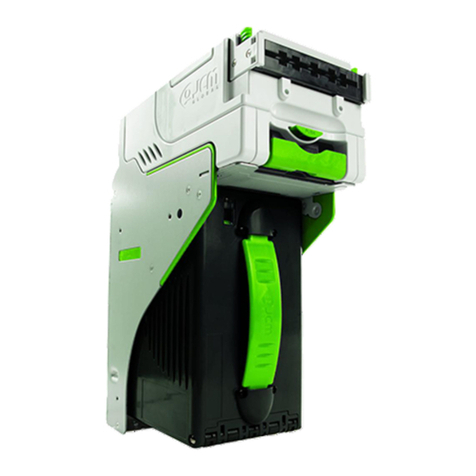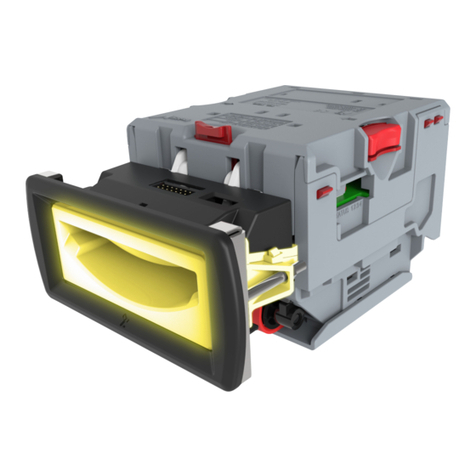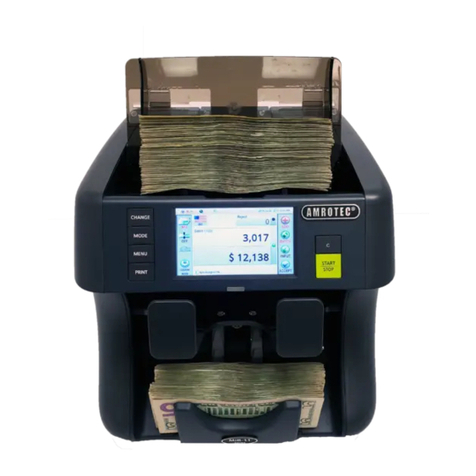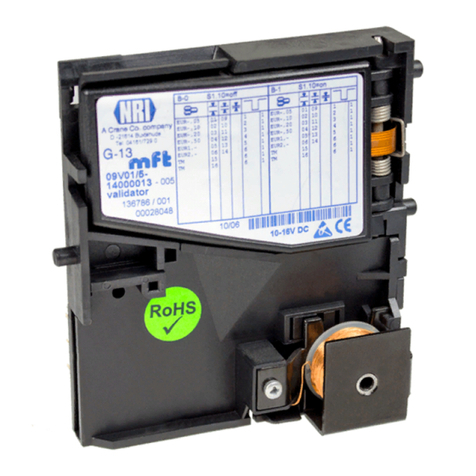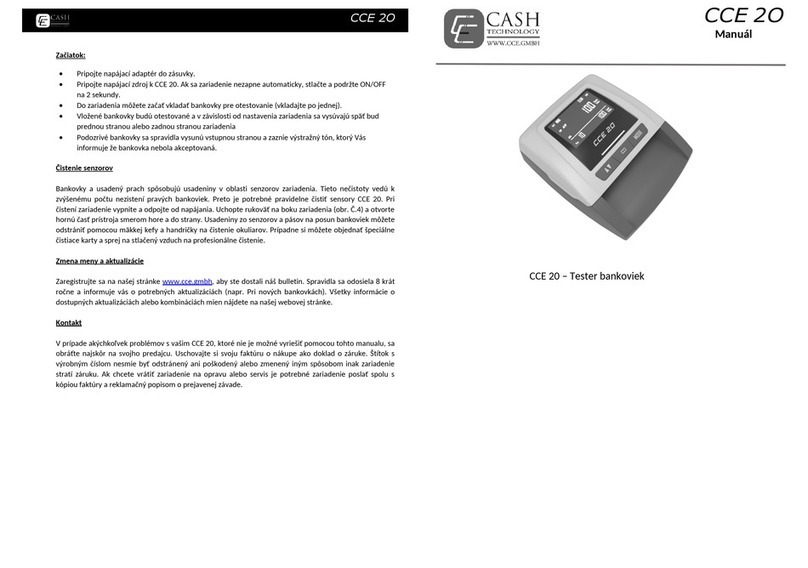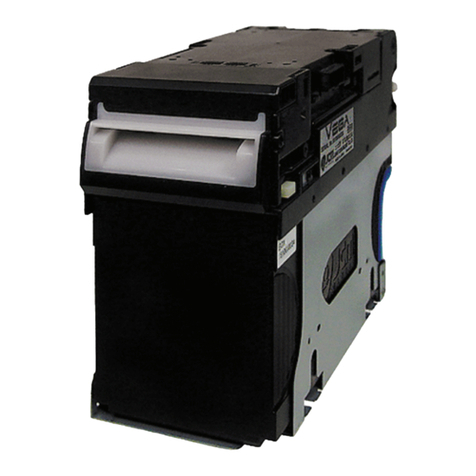Copyright Innovative Technology Ltd 2008 GA326-6
1 INTRODUCTION
This manual describes the operation of the NV9 Bank Note Validator as fitted with Firmware
AUTIONS:
PRODUCT MUST BE FITTED WITH A 2 AMP
Version 3.15 or greater.
C
• THIS FUSE BEFORE USE.
• THE NV9 VALIDATOR IS PIN FOR PIN COMPATIBLE WITH NV7/8/10 BUT NOT PIN FOR
there are many new features permitting new
his document is intended for those who will:
nt.
V9.
HE
RE
novative Technology Ltd has a policy of continual product improvement. As a result the products
he NV9 Validator has been designed to minimise any performance variation over time. Much
PIN COMPATIBLE WITH THE NV2/3/4/4X OR 5 SERIES PRODUCTS.
•
We recommend that you study this manual as
uses and more secure applications.
T
• Design the NV9 into items of equipme
• Build equipment using the NV9.
• Install equipment containing the N
• Maintain equipment containing the NV9.
Although information is included which will allow a degree of fault diagnosis and repair, it is
AUTIONS:
ER EXCEED THE RECOMMENDED ENVIRONMENTAL AND ELECTRICAL LIMITS.
S THIS MAY ALTER THE OPTICAL CHARACTERISTICS.
recommended that for all but simple mechanical repairs the unit be returned to an approved
service centre for repair.
C
• NEV
• DO NOT ATTEMPT TO LUBRICATE THE MECHANISMS AS THIS MAY AFFECT T
NOTE TRANSPORT.
• DO NOT POLISH THE LENS A
• IF THE NV9 VALIDATOR IS DISASSEMBLED THE UNIT MUST BE RE-CALIBRATED/
INITIALISED, FOLLOWING RE-ASSEMBLY.
In
supplied may vary from the specification described here.
T
of this is achieved by careful Hardware and Software design. Innovative Technology Ltd has a
policy of continual product improvement. As a result the products supplied may vary from the
specification described here. This manual can be printed in A4 or letter sizes.
MAIN HEADQUARTERS
Innovative Technology Ltd
Derker Street – Oldham – England - OL1 4EQ
Tel: +44 161 626 9999 Fax: +44 161 620 2090
Web site: www.innovative-technology.co.uk
NV9 Operations Manual
